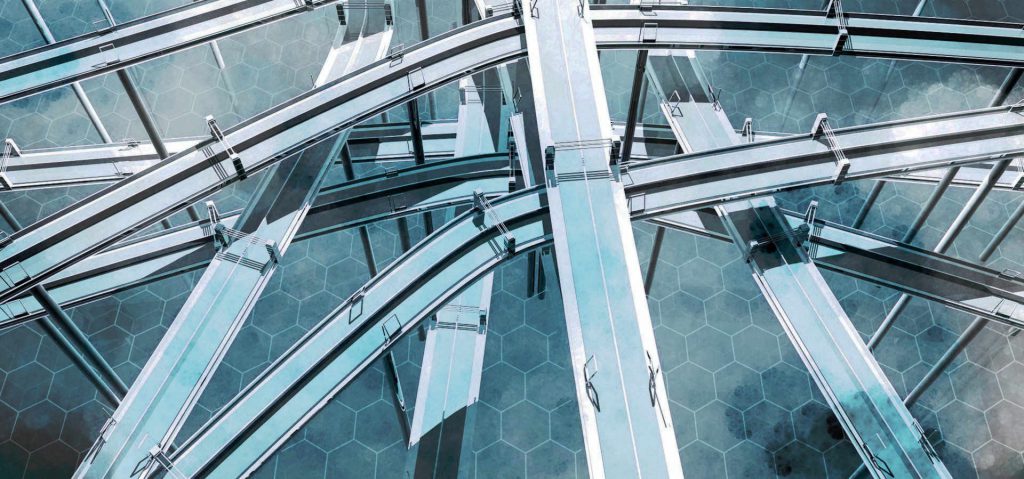A new era for road transport is on the way
 The world is approaching a revolution in road transport. There will be tremendous changes in many aspects:
The world is approaching a revolution in road transport. There will be tremendous changes in many aspects:
- autonomous driving
- propulsion using clean energy sources
- smart infrastructures and communication systems
Autonomous driving
Soon vehicles will be able to drive without human intervention. A increasing number of companies is investing in self-driving and in the related Artificial Intelligence (AI) algorithms, mostly automakers and technology providers.
But apart from technical difficulties, there are also legal and ethical problems. Lawmakers seem to gain awareness of this big change. For example, who is responsible in case of an accident? The owner, the human “emergency” driver (if any) or the producer? And also, if a vehicle cannot safely stop before hitting a pedestrian, should it choose to hit him anyway or steer and crash its passengers against a wall?
Especially in cities, cars will be more a public service than a private good because they could be requested on call instead of needing one constantly out of the door, waiting to be used. That will change people daily habits and family budget plannings.
Propulsion using clean energy sources
Electric cars are not a news but there are not so many on the roads. Now electricity storage is improving and that involves lower costs and shorter and less frequent recharges, so that electric cars will be more attractive.
Due to those improvements, also trucks are starting to use electricity for their propulsion.
Energy can be obtained from several sources but it is essential to get it in a clean way to fight pollution and global warming.
Smart infrastructures and communication systems
Self-driving associated with smart infrastructures and communication system will allow an overall control of traffic and emergency signalling. We will achieve rerouting because of a closed road or traffic congestion, optimization of traffic lights, statistics collection for future planning of public transport or new roads.
Let’s consider an unfortunate scenario. A car detects it just had an accident by reading peak values from its accelerometers. Immediately it sends an alert to the vehicle behind for an emergency brake. Then it scans the vital signs of the occupants and tries to verbally communicate with them. After this investigation phase, it may decide to call for help to a central system. That one in turn sends an ambulance and reroutes the traffic to avoid the accident area. The ambulance transmits its position along the way and the central system diverts again the traffic to free the path of the ambulance.
In the initial phase, manned and autonomous vehicles will coexist but when all vehicles will be autonomous, road infrastructures like streetlights and road signs will not be needed anymore, thus saving energy, raw materials and maintenance costs.
No more time and energy wasted searching for a parking place, because the car will know where one is available.
Without a driver, cars will be like small offices or rest rooms. Time spent in a car will be more useful than today. There will be advanced interfaces and entertainment systems.
The saying “It’s not about the destination; it’s about the journey.” is going to be even more true.